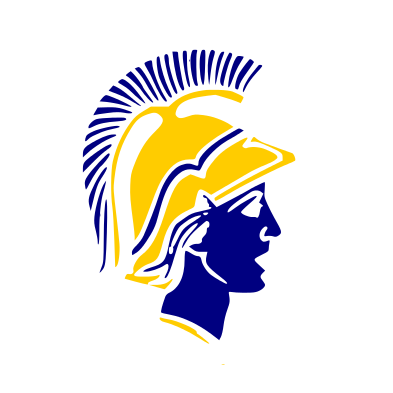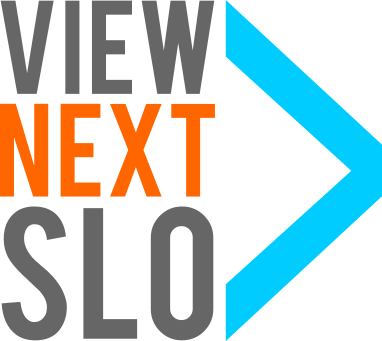Table of Contents
Student Learning Outcome Two
Reflection
This Learning Outcome does something that I find very exciting – it encourages those of us in the program to reach out and consume current research and to consider how the field may be currently evolving or reacting to suit the needs of its users.
Librarianship is not a field known for its “publish or perish” mentality – most librarians are not going to spend a large portion of their careers publishing. Nevertheless, I found the literature written by library and information professionals to be fascinating. Pieces from the more anecdotal case studies to the far more empirical publications of user testing and quantifiable collection efficacy were ones I consumed with equal fascination. These were publications which offered insight not only into how diverse the field of librarianship is, but how we as library students have the potential to find many different spots for ourselves within it.
This Learning Outcome also emphasizes the use of applying current research and thought. With that in mind, I chose a project from my LIS631 class on using GIS data to better a public library's outreach. GIS mapping has been used since the late 60s as a tool to better understand how communities develop, how diseases spread, and what steps businesses and foundations can take to create the best results with their demographics.
For libraries, GIS mapping is still somewhat new. During my practicum with Duke University, I was able to visit their Data Visualization Lab and see how a large academic university might use GIS on a regular basis. They are the exception, though, and not the rule. I believe that the project I completed, a project which highlighted literacy and poverty rates in Beaufort County NC, can be used to help a public library make wiser budgeting decisions, can help support arguments when writing grants, and can help any librarian connect more deeply with the community they serve.
Currently, GIS mapping is most widely supported and completed by software distributed by Esri. However, recent years have seen more pushes towards open source GIS programs which would allow librarians to even more easily access this data. Free and open source utilities have quickly become a library's greatest friend in the digital age, and recent research has looked at tools which can be easily accessed by librarians, but are not so easily manipulated that they do not perform comparatively to paid software.
In a 2009 review of GIS software used by libraries, Francis Donnelly 1) found that:
A number of studies have documented the growing trend of libraries offering GIS services. A 2005 American Research Libraries survey of its members found that 31 out of 57 respondents said that they offered support for GIS and remote sensing data and services (Salem and ARL, 2005). A 2006 survey of member institutions of the Alliance Science List of public and private institutions in the US Northwest and the Oberlin group of private liberal arts schools throughout the USA found that 31 had implemented GIS services, 15 were considering adopting services, and 57 had no plans of doing so (Gabaldon and Repplinger, 2006).
Below, you will find the two projects I have chosen to represent this SLO.
The first is a project that is both representative of what FOSS (free open source software) GIS is capable of, as well as what I see as representative of this Learning Outcome – GIS analysis and report of Beaufort County's library outreach potential. This project was completed as part of my LIS631 course, Emerging Trends in Technology and Information Access. The GIS utilities used for this project were SimplyMap 3.0, along with census data from 2014 and 2015.
The second is a project which showcases the use of surveying a given population using Google Forms as the primary tool. This is a project which also used multiple social media sites, social media management tools 2). Together, these websites allowed us to accurately measure and understand the social media community of the UNCG's LIS's social media presence, and make accurate and detailed suggestions about how they could improve their communication with the online world.
Exemplars
GIS Analysis and Report of Beaufort County's Library Outreach Potential
"Social Media in the Library" Survey
View post on imgur.com
For my independent study, I chose to work with Dr. Chow and several students to create a powerful social media plan for UNCG's LIS department. While this included an extensive literature review, it was also very reliant on the students involved maintaining a daily presence on social media and surveying the users of the LIS department's social media accounts.
We used a Google Form survey to solicit opinions from users to help determine what could be done to improve the social media accounts of the LIS department. This survey data was then incorporated into the final paper we wrote on creating a Best Practices strategy for a university department's social media presence.
A brief summary of this survey building process and our responses can be seen here; the final paper which utilized this information is below.




